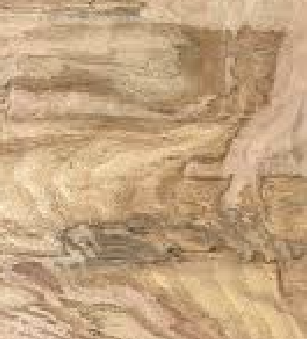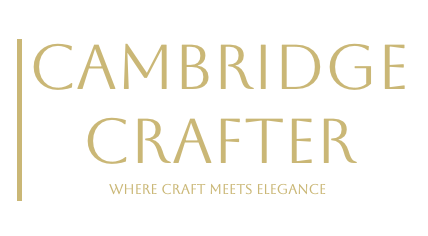
Spalted Locust
Spalted Locust typically refers to wood from the Black Locust tree (Robinia pseudoacacia), a hardwood native to North America but widely naturalised in the UK and other parts of the world. Black Locust grows to 12–18 metres tall with a trunk diameter of 30–76 cm, thriving in well-drained soils, often in disturbed areas, young woodlands, or as an introduced species in temperate regions like the UK, where it was brought for ornamental and forestry purposes.
The heartwood of Black Locust is typically a golden to reddish-brown, often with darker streaks, but when spalted, it develops unique patterns due to fungal activity. Spalting introduces dark, wavy streaks and lines—ranging from black to brown or red—along with mottled white pockets from white rot fungi, which break down lignin and create a bleached effect. The sapwood is a pale yellowish or greenish, distinctly separate. The grain is straight to interlocked, with a fine to medium texture, and the spalting adds a dramatic, marbled appearance with zone lines (dark fungal boundaries) and pigment variations, making each piece visually striking. The natural lustre is moderate but can polish to a high sheen, accentuating the spalting patterns.
Black Locust has a density of around 785 kg/m³, making it a very hard and durable wood, with a Janka hardness of 1,700 lbf (7,560 N), comparable to golden teak and harder than oak . It’s naturally rot-resistant and insect-repellent due to compounds like robinin, lasting up to 100 years in the ground without preservatives, though spalting can introduce softer, punky areas that reduce strength . These softer spots, caused by white rot fungi, can compromise structural integrity if the spalting process isn’t halted at the right stage by drying the wood to below 20% moisture content . The wood remains stable once seasoned, with minimal shrinkage, but its hardness dulls tools quickly, and the interlocked grain may cause tearout during planing. It glues and finishes well, though the spalting patterns are best highlighted with a clear lacquer or oil finish, as seen in hand-turned vessels .
When worked, Black Locust has a distinct scent, often described as mildly unpleasant, reminiscent of its bean pods, though some find it neutral or even pleasant, likening it to a condiment . In the UK, Spalted Locust is prized for decorative projects like hand-turned vessels, furniture, and live-edge slabs, where its unique patterns—described as a “gorgeous blending of warm brown wood and black streaking”—can be showcased . It’s also used for outdoor applications like decking and fencing due to its durability, though spalting may limit its use in structural roles unless stabilised with epoxy, as the softer areas can be a liability .
Spalted Locust is not a distinct species but a result of fungal activity, so its availability depends on Black Locust supply and natural spalting conditions. Black Locust is not listed on CITES Appendices and is considered of least concern by the IUCN, though it’s invasive in some areas, including parts of the UK, where it can outcompete native species . In the UK, it’s moderately priced within its range, often comparable to oak, but spalted pieces are rarer and can command a premium due to their aesthetic appeal, often sold through specialty outlets like Etsy for custom projects . Its combination of durability, unique spalting patterns, and historical use in both North America and Europe makes Spalted Locust a sought-after material for artisans seeking a one-of-a-kind look.
